“We are going to firmly put our heads in the noose. We will either deliver or we will hang.” The Gold Coast’s top copper is talking to four of his most senior officers.
David Melville on returning to the Gold Coast as Assistant Commissioner tells them to join him and walk the streets of Surfers Paradise where they pose for a media photograph.
He approaches the media. “We will get tougher on crime in Surfers Paradise,” he says.
In a two-day operation, detectives target hotel units and homes in one of biggest ecstasy raids in Queensland’s history. About $1 million worth of illegal tablets are seized, leading to 23 people being charged with 120 offences.
In the early summer of 2003, the city’s tourism heart’s image is hurting. National media coverage is focused on drunken teenage schoolies, street gangs, drugs and hoons.
At least two outlaw bikie gangs are attempting to gain a slice of highly lucrative drug trade in the nightclubs and strip clubs as Surfers and Broadbeach join to become an unmanageable late night entertainment mega precinct.

Jim Keogh, now retired, was an Inspector. He was there with Melville.
“At that stage Surfers was out of control. The bikies had a strong foothold as early as that day,” he says.
He respects his former boss as a man of his word. They launched an immediate operation. A photograph captures a picture of man detained by officers having his head slammed on a police station bar. The Gold Coast Bulletin headline screams: “No place to hide”.
Police intelligence confirms bikies control the security on the doors at the nightclubs.
The amphetamine trade is flourishing. Ecstasy is available – “across the bar, at the door in the street”.
“It was commonly joked you could get a bourbon and an eccy tab for sixty bucks,” Keogh says.
Lawyers who have fronted Southport Court since the early 1980s notice the changing attire of their new biker clients.
“They used to be Ockers. Aussies who rode bikes, enjoyed a smoke and had tattoos. There was generational change. They turned from drug dealers to be part of money making major crime enterprises,” a legal source says.
Melville and his team fired the first shots back. The war with the bikies was about to begin.
THE COCAINE CAPITAL
The fight is not just with the cops. The outlaw motorcycle gangs are brawling among themselves. The party drug cocaine was a comfortable fit with Surfers.
By 2006 ‘coke’ was more socially acceptable – and more expensive than other drugs.
‘You’ve got to give credit where credit is due,” Keogh says, referring to the Hells Angels.
“If you look when they took over their property at Lemana Lane they obviously had a foresight that Burleigh was becoming a tourism hotspot.
“They (the city leaders) are trying to declare it a hotspot now,” he says.
For cocaine, the gangs needed a smart “business plan”.
It has to be shipped through contacts with international bikie clubs.
“Bikies are very smart businessmen. They have an executive, that makes business decisions,” Keogh says.
Police estimated the Coast’s drug trade was worth $1 billion. But the Hells Angels, of all places, had their base at Logan, at that point renowned for beer drinking bogans.
Their rivals, the Bandidos, were better placed at Cronulla Avenue in Broadbeach. The Black Uhlans had their headquarters at Ern Harley Drive at Burleigh Waters.
The Lone Wolves were on the southern Coast at Currumbin. Rebels and Nomads scattered around Nerang, their activities really not causing any concern for cops.
But a key defection was about to occur and spark the first public show of violence.
THE BALLROOM BLITZ
At their Logan base, the Hells Angels had built a lucrative amphetamine trade but they needed space to manufacture – the cooking up of the drug creates a shocking smell.
The profitability was poor compared to supplying cocaine to the Coast party set.
“They wanted a piece of the action. They recruited Hudson from the Finks. Hudson in defecting obviously took part of the business plan and model of the Finks,” a police source says.
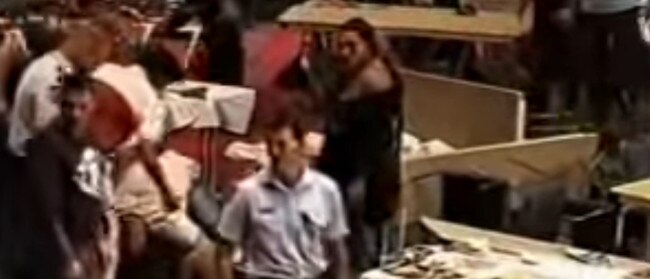
Christopher Wayne Hudson had been a member of the Black Uhlans. He was renowned for club hopping, promising the delivery of drug contacts in Surfers.
A bikie associate, at the time, remarked: “Before long he wanted to join the Finks. The Uhlans, having had a taste of his crazy ways were not to sorry to see him go, so he patched across.”
In October 2006, Hudson defects to the Hells Angels. A kickboxing event starts up at the Royal Pines Resort at Ashmore.

As 1800 kickboxing fans watch on, Finks Shane Bowden and Nick “The Knife” Forbes approach Hudson.
Forbes throws a punch before Bowden pulls a handgun and shoots Hudson twice, in the face and back. Forbes holds Hudson against the ring while Bowden and another man plant more blows on him.
Police later listen to the audio. They recall now what was said.
The call was “get Hudson”. They realise that Royal Pines is the heart of Finks country.
The motive is seen as part retribution and part territorial. They brace themselves for worse.
BROADBEACH BIKIE BRAWL
Keogh has left the Coast. He’s a senior officer responsible for Brisbane bayside, renowned for fishermen not surfers and a relaxing vibe compared to the toughest cop beat in the State.
He’s got an eye on the television for news.
About 50 members of the Bandidos had just had “church” at their Broadbeach clubhouse. They are told Finks member Jason Trouchet is nearby at Surf Parade’s Aura Restaurant and Tapas Bar.

Jacques Teamo, who is dating Trouchet’s former girlfriend, leads the group as they climb on their bikes. They leave Mermaid Beach, diners at neighbouring Broadbeach hear the noise.
Keogh says: “When I saw the footage, I thought this is not going to end well. And by that I was not talking simply about that Friday night.
“They are there in colours, they are there en masse, they are there in strength, they are there in violence. To remove that would need to be something substantial.”
Two days later, on the Sunday, he receives a call from Deputy Commissioner Brett Pointing. They are close, both worked together previously in Surfers Paradise headquarters.
Pointing asks him to return to the Coast to fight the bikies. Keogh refuses because he knows police lack the powers and the numbers.
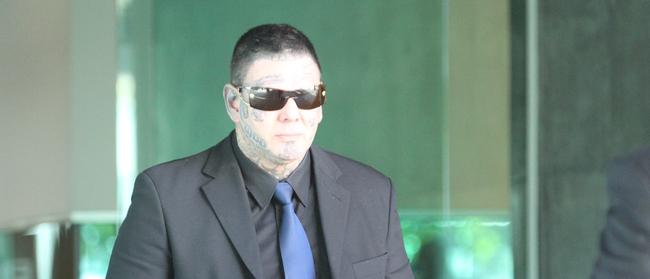
He tells his senior officer: “I don’t want to go back and give political rhetoric to say we are on top of this, and we’re not on top of it at all, and certainly somebody was going to get killed. I will look quite stupid.”
Terry Goldsworthy, a former detective now working at Bond University after 28 years in the force, also watched the footage. He investigated the Ballroom Blitz. He was stunned to see the bikies ignoring police as they walked to the restaurant.
“That didn’t stop them. They have the viewpoint now that they don’t have to worry about the police,” he says.
THE PROMISE OF TOUGHER LAWS AND MORE POLICE
A second call to Keogh, this time offers the promise of both legislative muscle and more resources. There is a third reason which changes his mind. “You’re going,” he is told.
Keogh can hand select his deputy. He choses Shane Holmes for Taskforce Takeback.
“I was lucky enough to pick out one of the finest police officers in Queensland,” he says.
A team of 100 police is based initially in Southport, and the equipment provided, which surprises them, arrives to be first class.
The officers are tall and tough, some with a splash of controversy on their CVs, but they are not the types to take a step back from a fight.
In December, only a month after the brawl, the Newman Government, after a meeting of state cabinet, ticks off on a raft of unprecedented anti-gang measures.
These include banning bikies from gathering in groups and at their own clubhouses, operating tattoo parlours and wearing club colours in licensed venues.
But some bikies call the crackdown a “crack-up”.
“Nothing will make us leave. If they throw $20 million at it, we’ll throw $100 million – we’re in every country in the world,” a bikie source tells the Gold Coast Bulletin.
“We run the show, they just live here. We’ll recruit 10 times harder and then they won’t know who the bikies are.”
A Bandidos insider adds: “It’s just crap – this happens every six months.
“If they say no patches or colours, we’ll just wear black jumpers with a symbol on the back – that way we’ll know who we are but police won’t.
“And we’ll do a big recruiting drive – everyone wants to be a Bandido.’’
WINNING THE WAR AND REGAINING PUBLIC TRUST
Keogh returns serve in the media. He is photographed with the Surfers skyline behind him and the headline reads: “No, we run this town”.
From September to November 6, assaults drop 38 per cent a week, from a reported 52 incidents a week to a 32.
The number of robberies slump from a weekly rate of 14 to just five – a reduction of 64 per cent.
Police are smart about using the new VLAD laws and resources. Many of the bikies on probation or parole, are being drug tested, so reduced their intake. But they are then tested for steroids.
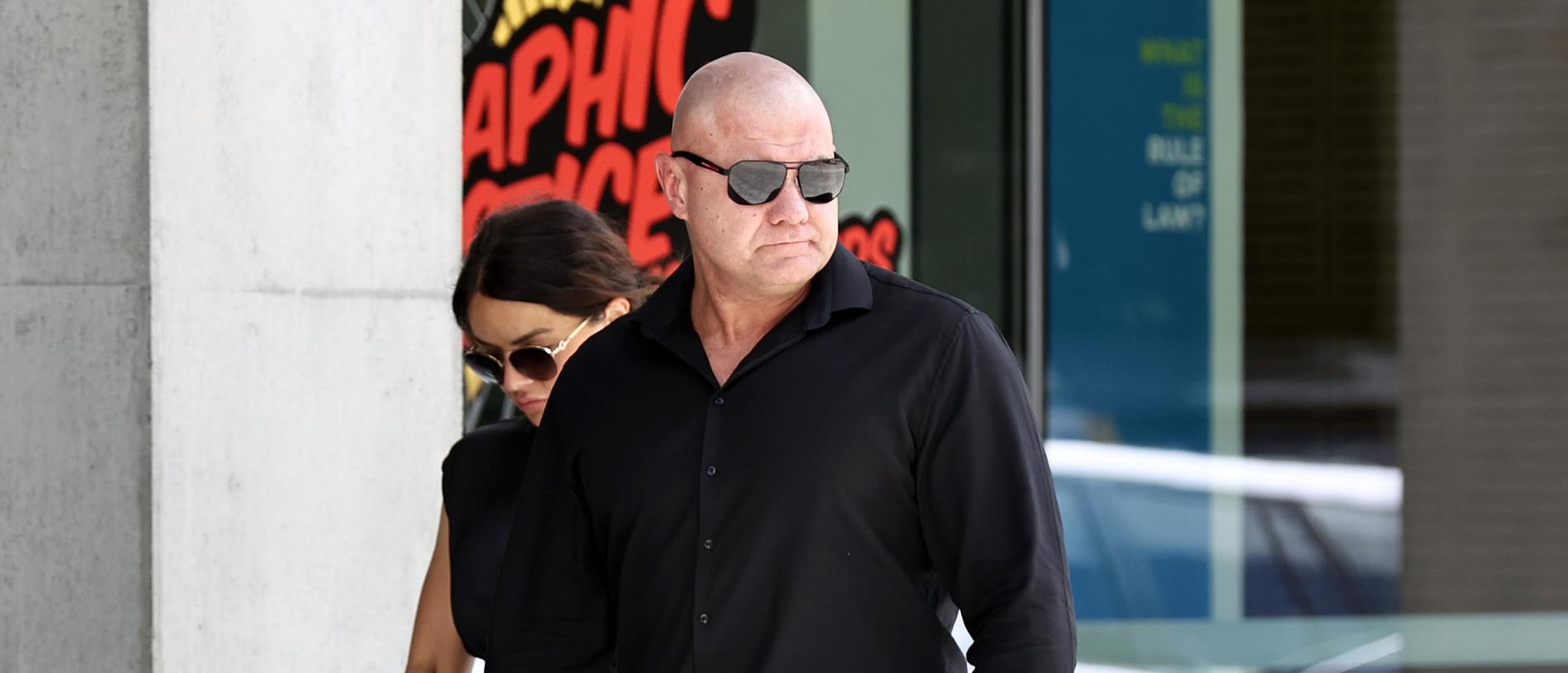
“If they wanted to stay members of criminal motorcycle gangs, then they played by the rules of the legislation, or life was going to be very, very uncomfortable,” Keogh says.
“It made it so that they had to go into covert strategies to enact communication, to get business plans across the line. Knowing full well if they gathered in a group, they were destined for jail,”
Those who went to jail were not enjoying it. They were kept in the shade, their food kicked through the door. “I’d prefer to be in solitary,” a bikie tells a copper.
In a 12-month police crackdown from September 2013, 3206 people are arrested on 5000 charges, bikie membership drops from 1133 to 820 and 10 clubhouses on the Coast are closed.
HOW A TRAGEDY WAS AVOIDED, SAVING THE COAST’S TOURISM IMAGE.
“You can’t define in these type of riots who is actually going to be hurt and who is going to be injured,” Keogh says.
He is referring to Milperra, where the gunfight in the southwestern suburb of Sydney in 1984 saw seven people killed and 28 people injured after the Comanchero and Bandidos fought it out in a tavern car park.
“Say with the Ballroom Blitz, if weapons are produced members of the community are going to get hurt, injured and possibly killed,” he says.
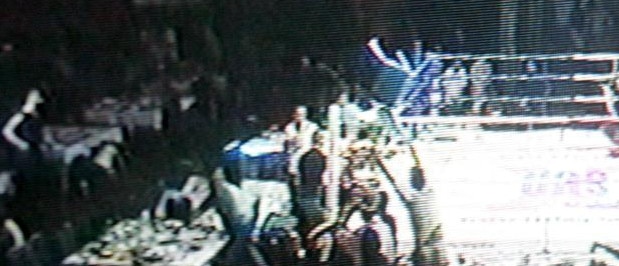
“Ironically, at Milperra, the Bandidos were involved, it bubbled out and members of the public were injured.”
He acknowledges the critics of the VLAD laws but police were at risk, not just the public.
Goldsworthy is not a fan given the money invested in the laws. His statistics show bikies being the “one per centers” for crime. His preference was to target offshore criminal gangs being the drugs to what they see as paradise.
“I think there was CC,” he says, referring to operations focusing on bikies who were not serious criminals.
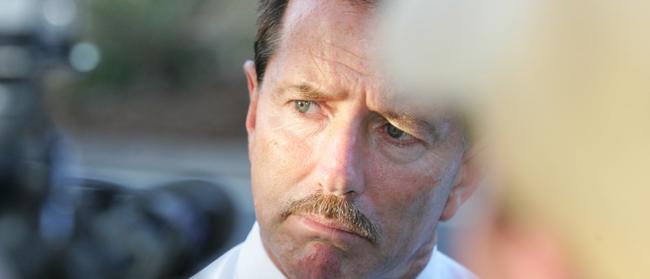
Keogh is firm on the laws. He says: “The police were outnumbered. Police were certainly in fear of themselves being hurt. This was to be on a continuing basis unless the laws changes.”
Going forward with the legislation, despite its critics, was a “no-brainer”.
“The Gold Coast image would have been tarnished and never recovered. Tourism mecca for Australia, would have suffered immense and irreparable damage,” Keogh says.
“It sent a message to the whole of Australia that this will remain a safe place. and that the government will support the police and community in retaining it as a safe place.
LESSONS FOR THE FUTURE
The controversial VLAD laws introduced by the Newman Government are gone, removed by the Palaszczuk Government. Police continue to face resourcing challenges. Bikie violence in terms of shocking public incidents has resurfaced
Shane Bowden in October 2020 was gunned down as he arrived home from a late night gym session in his girlfriend’s black BMW.
The Ballroom Blitz major player was shot 21 times by a machine pistol and long arm firearm at the driveway of a Pimpama home.
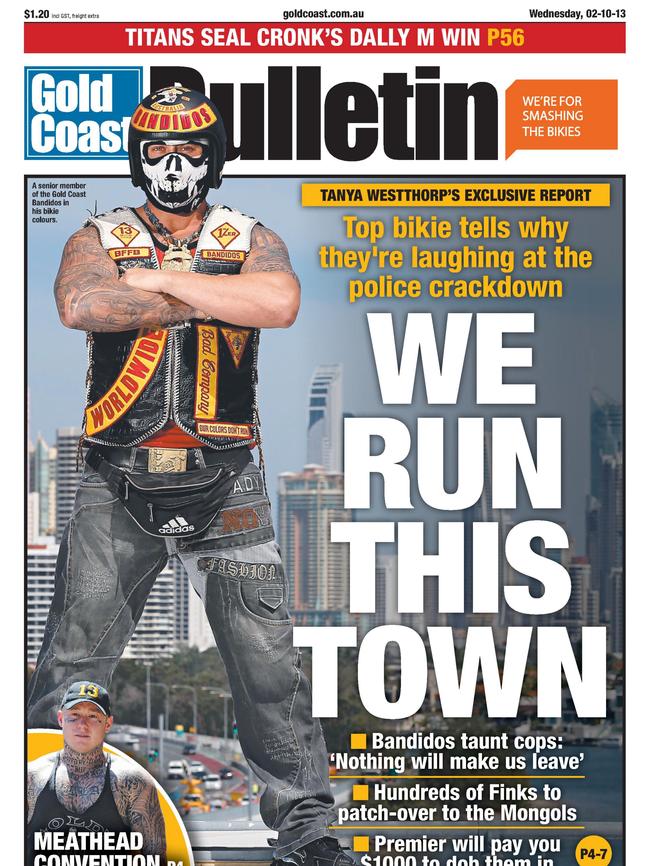

Shane Ross and business partner Cameron Martin similarly were shot after a late-night meeting at a Tallebudgera Valley park in October 2019 and three alleged gang members were charged with their murders, before the case was sensationally thrown out.
Goldsworthy, now an Associate Professor with his head across all research, says bikie numbers across Australia are growing. In Queensland, numbers are 750 compared to 930 at the peak of the war.
“We haven’t eradicated bikies at all. We’ve driven them underground,” he says.
But Keogh points to the two recent assassinations, that there is a lack of tough laws, a lack of police on the beat. The solutions are on the table for politicians, particularly what happens when 100 new officers are appointed in a heartbeat. His summary is blunt.
“Well everybody can see what’s happening. Go back and have a look at the landmark decision to take on the bikies head on and success that flowed from it,” he says.

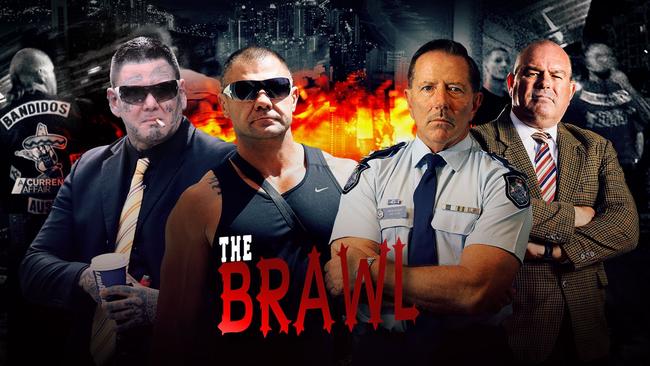
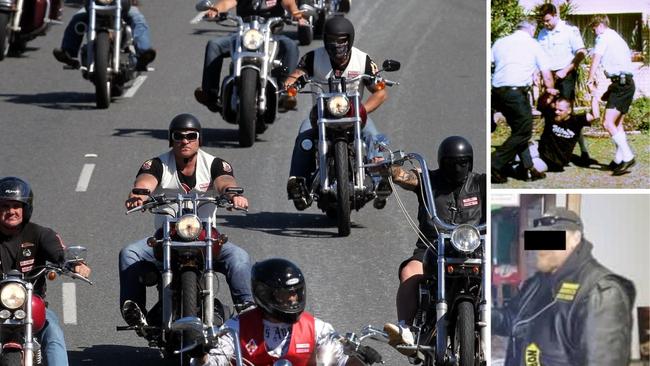
Add your comment to this story
To join the conversation, please log in. Don't have an account? Register
Join the conversation, you are commenting as Logout
More than a theme park: Dreamworld’s dramatic expansion plan
Tourism giant Dreamworld wants to fast track a massive expansion of the theme park, with an incredible array of features including hotels and residential towers. FIND OUT MORE
My rise and fall: $65m brewery co-founder to ‘feeling like a loser’
Three years ago Black Hops craft brewery co-founder Dan Norris had a big stake in his own $65m brand and a $3.1m dream home - now he’s not involved, broke and “ashamed”. SEE THE VIDEO